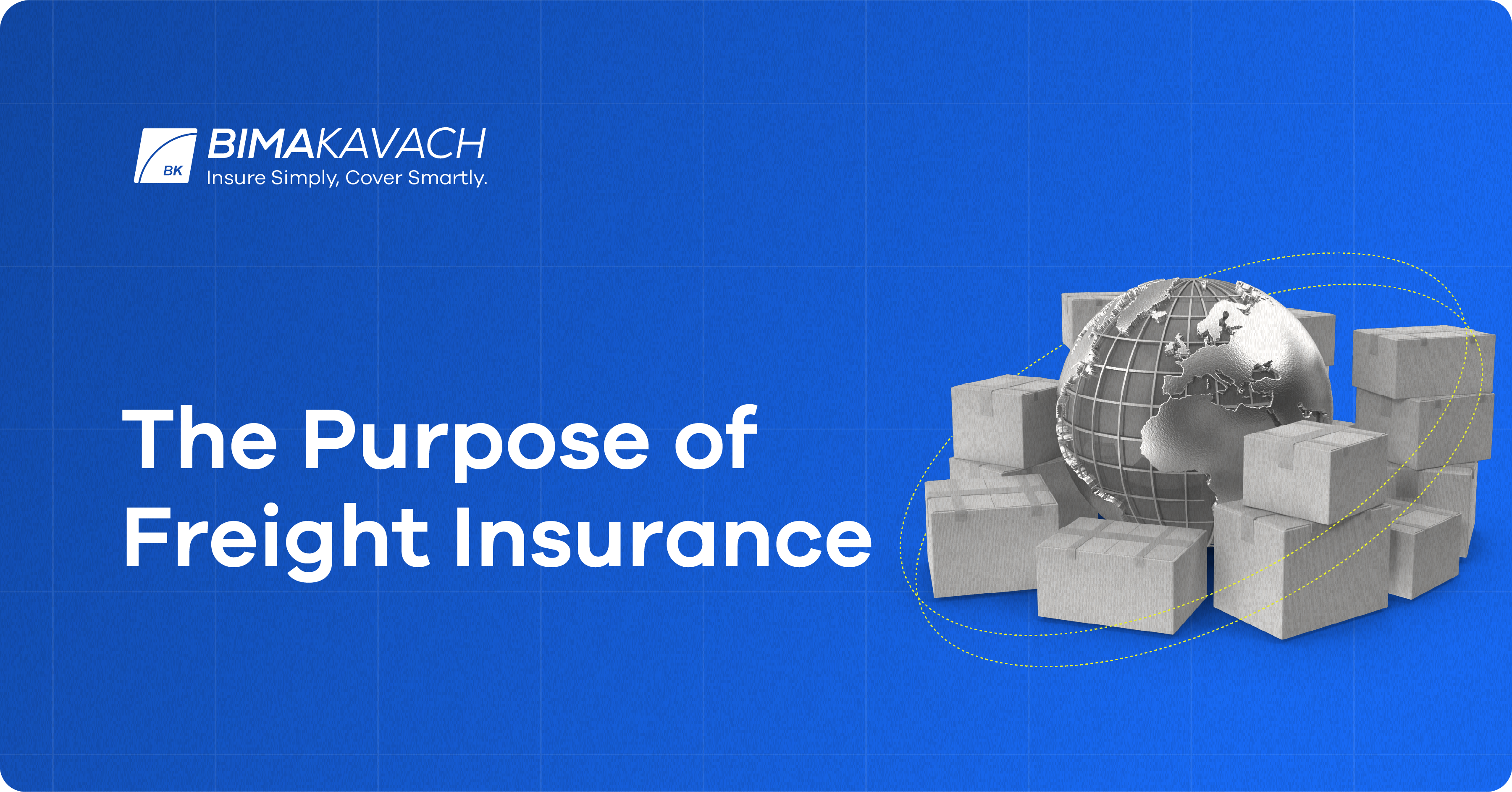How Pacific Prime can Save You Time, Stress, and Money.
Table of ContentsPacific Prime - TruthsEverything about Pacific PrimeThe smart Trick of Pacific Prime That Nobody is DiscussingSome Known Factual Statements About Pacific Prime
In most states, the insurance company is needed to send you a copy of the modifications to your policy. It is very important that you check out Endorsements or Riders so you understand just how your plan has altered and if the policy is still sufficient to fulfill your needs. To get a duplicate of your insurance coverage, please call your insurance representative or business.
The Institute of Medication (IOM) Board on the Repercussions of Uninsurance launches a prolonged examination of proof that addresses the value of health insurance coverage with the magazine of this report. Protection Matters is the very first in a series of 6 records that will certainly be provided over the next two years documenting the fact and effects of having actually an approximated 40 million people in the USA without health and wellness insurance coverage.

Pacific Prime Fundamentals Explained
The objective of this collection of research studies is to refocus plan focus on a historical problem. Adhering to the longest financial expansion in American history, in 1999, an approximated one out of every 6 Americans32 million grownups under the age of 65 and greater than 10 million childrenremains uninsured (Mills, 2000).

10 percent of the population make up 70 percent of health treatment expenditures, a correlation that has stayed consistent over the previous 3 years (Berk and Monheit, 2001) - maternity insurance for expats. Thus health and wellness insurance policy continues to serve the function of spreading threat also as it increasingly funds routine care. From the perspective of health and wellness treatment suppliers, insurance policy brought by their individuals helps protect an earnings stream, and communities benefit from economically practical and secure healthcare specialists and institutions
Government offers medical insurance to populations whom the private market may not serve effectively, such as handicapped and elderly persons, and populaces whose access to health and wellness treatment is socially valued, such as kids and pregnant females. The utmost ends of health and wellness insurance protection for the specific and neighborhoods, including office neighborhoods of staff members and employers, are boosted health and wellness outcomes and lifestyle.
The Pacific Prime Diaries
Workers rank medical insurance first by much in significance among all the benefits supplied in the office (Salisbury, 2001). There have actually best site been sizable financial investments of personal and public funds to provide wellness insurance, many people still have no insurance coverage. Despite extensive reporting of survey findings and wellness care research study results, the public stays confused and misinformed regarding Americans without wellness insurance policy and the ramifications of lacking coverage.

Without doubt, the complexity of American healthcare financing systems and the wide range of resources of info include in the public's confusion and hesitation concerning wellness insurance statistics and their analysis. This report and those that will follow purpose to boil down and present in easily reasonable terms the comprehensive study that bears upon inquiries of medical insurance coverage and its value.
Fifty-seven percent of Americans polled in 1999 thought that those without medical insurance are "able to obtain the care they need from doctors and healthcare facilities" (Blendon et al., 1999, p. 207). In 1993, when national interest was focused on the issues of the without insurance and on pending wellness care regulation, simply 43 percent of those polled held this belief (Blendon et al., 1999).

They likewise receive less precautionary services and are less most likely to have normal take care of persistent conditions such as high blood pressure and diabetic issues. Chronic illness can cause costly and disabling issues if they are not well taken care of (Lurie et al., 1984; Lurie et al., 1986; Ayanian et al., 2000). One nationwide survey asked greater than 3,400 adults regarding 15 very significant or dark conditions.
The 3-Minute Rule for Pacific Prime
Added proof exists later in this chapter in the discussion of insurance policy and accessibility to healthcare. https://dzone.com/users/5122954/pacificpr1me.html. People without medical insurance are young and healthy and balanced and pick to do without protection. Practically fifty percent (43 percent) of those evaluated in 2000 believed that people without health insurance policy are more likely to have wellness issues than people with insurance policy
Voters and policy manufacturers in focus group discussions identify those without insurance coverage as young individuals who have the possibility to be covered and feel they do not require it (Concierge Novelli, 2001). Compared to those with at the very least some personal protection, the without insurance are less most likely to report being in outstanding or great health and wellness (Firm for Medical Care Study and Top Quality, 2001).
SOURCE: Center for Expense and Financing Research Studies, Agency for Health Care Research and High quality, based upon MEPS data. Youthful grownups between 19 and 34 are much more likely to do not have medical insurance than any type of other age team. This is primarily because they are much less frequently qualified for employment-based insurance coverage due to the nature of their task or their short tenure in it.
The understanding that individuals without insurance coverage have better-than-average wellness complies with from perplexing the relatively young age account of the without insurance with the far better health and wellness, generally, of more youthful persons. This obscures the web link between wellness standing and health and wellness insurance coverage. For those without access to work environment medical insurance, inadequate health is a possible obstacle to purchasing nongroup protection due to the fact that such coverage might be extremely valued, exclude pre-existing conditions, or be just inaccessible.